Our Process
How Do Your Legs Feel & Look Right Now?
Let’s start eliminating the pain & embarrassment of your legs by following our 3-step process below.

STEP 1: Consultation
Dealing with a doctor who doesn’t listen, is rude, or rushes you can really put a damper on things. But hey, at Bucks County Vein Specialist, you won’t have to worry about any of that.
Our friendly team is all about making sure you feel heard and taken care of. Led by Dr. Kowalski, we’ve got a great crew of experts, including a provider and an ultrasonographer, ready to give you top-notch care from day one.
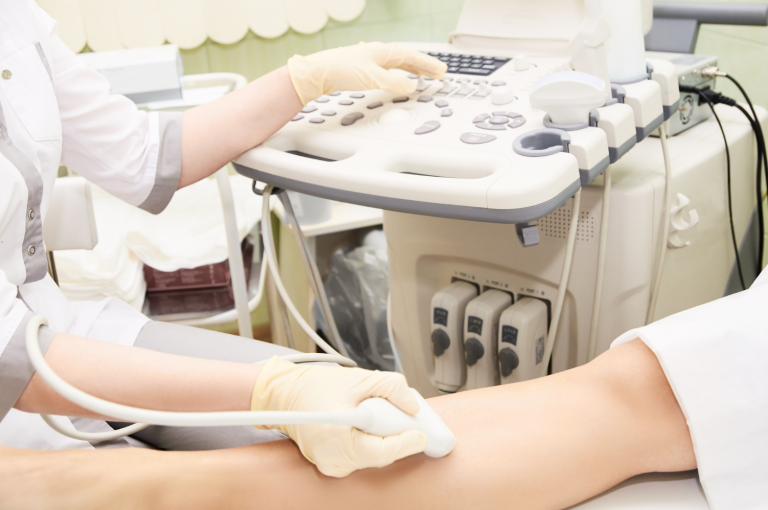
STEP 2: Ultrasound
Tired of running around to different places for x-rays, labs, or other tests after your doctor’s appointment?
At Bucks County Vein Specialist, we’ve got you covered. Say goodbye to the hassle because we offer onsite ultrasound and diagnostics, saving you precious time.
Plus, you’ll receive same-day results from one of Dr. Kowalski providers, ensuring a streamlined experience from start to finish.
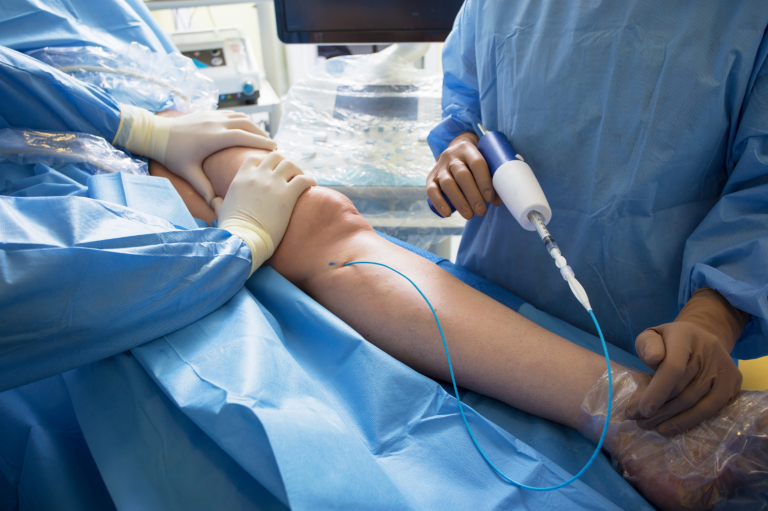
STEP 3: Treatment Plan
Rest assured, when you walk out of our doors, you’ll have a solid treatment plan in hand.
With a range of options like Closurefast™ Radiofrequency Ablation, VenaSeal™ closure system, sclerotherapy, and more, we’ve got you covered.
We’ll work closely with you to tailor the perfect treatment plan that aligns with your specific needs and goals. Say goodbye to leg problems – it’s time to take action.
Discover more about our treatments by scrolling down.
Our Treatments
Radiofrequency Ablation (ClosureFastTM)
Radiofrequency ablation involves utilizing a treatment device inserted into a diseased vein under ultrasound guidance via a small skin incision.
This device administers heat to the vein wall, inducing its shrinkage and closure.
Following the closure of the diseased vein, blood is redirected to other healthy veins. A notable advantage of radiofrequency ablation is its minimally invasive nature, allowing for outpatient treatment with a swift return to normal activities on the same day.

Sclerotherapy
Sclerotherapy, a non-surgical method, involves injecting medication into veins to make them stick together and redirect blood flow. Effective for spider veins and larger varicose veins, it can be enhanced with Ultrasound-Guided Sclerotherapy for better results.
As simple office procedures, both options are easily accessible and can be arranged as needed for comprehensive vein treatment.
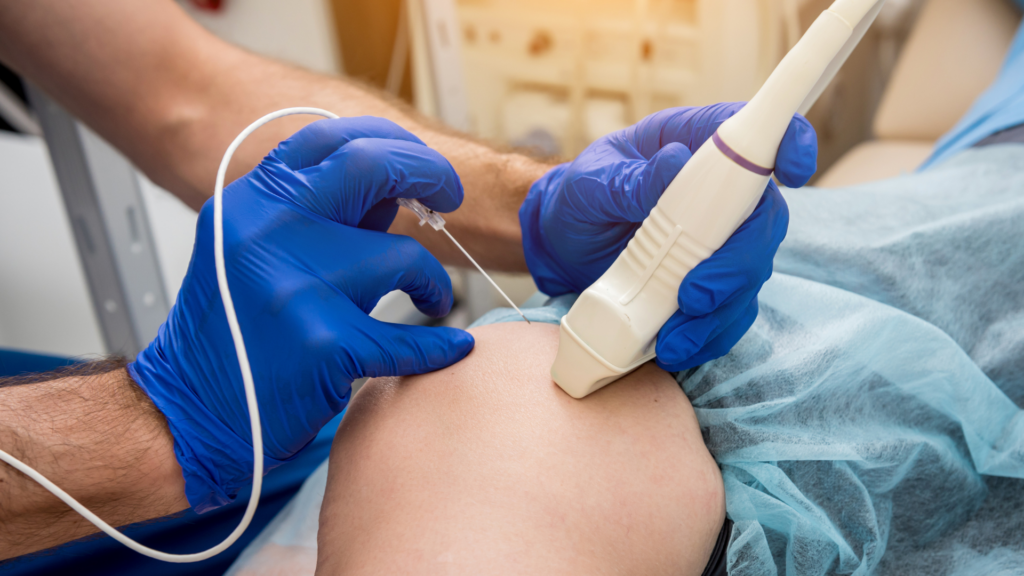
VenaSeal™ Closure System
VenaSeal™, a form of non-thermal ablation, involves administering a medical adhesive directly into a compromised vein to effectively seal it.
Utilizing ultrasound guidance, the device is carefully introduced into the affected vein. Once the adhesive is applied, the diseased vein is promptly sealed off, prompting blood flow redirection towards healthier veins.
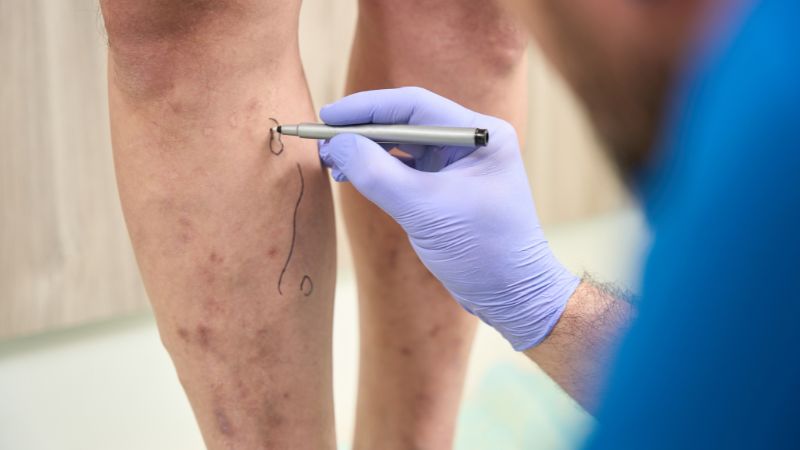
Microphlebectomy
Pro-Nox™
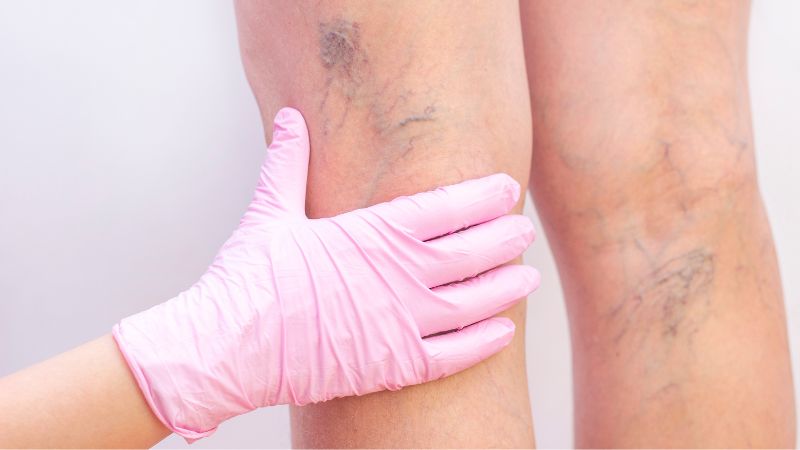
Varithena
FAQs
Venous reflux disease – which leads to Leg or ankle swelling, Leg Pain and Aching, Leg Cramps, Restless leg, Leg heaviness or fatigue, Burning or Itching skin, Skin Changes or Rash
Venous reflux disease is a progressive medical condition that if left untreated, will likely worsen over time and develop into a more serious form of venous disease called chronic venous insufficiency (CVI). CVI leads to more serious outcomes such as poor healing wounds, permanent skin damage, and an increased risk of deep blood clot.
- Patients get relief/improvement of symptoms after 2 days
- This is a permanent fix to diseased refluxing veins in the legs
- Proven long term results with positive patient outcomes and experience
- Rapid recovery with patients resuming normal activities within a few days
- The procedure takes about 20-40 minutes.
- The procedure is almost always a permanent fix for the diseased veins being treated.
- The number of treatments needed depends on the severity and number of veins that are diseased.
- The procedure takes about 20-40 minutes in most cases.
- The procedure is good at closing down small varicose veins and spider veins.
- Most people will need 1-2 treatments with compounded sclerotherapy depending on the severity and number of their varicose veins.
- Resolution of the varicose veins treated.
- Proven track record with years of solid research behind it
- Improvement/resolution of unwanted pain, aching, pressure, swelling, and other associated symptoms.
- Improved cosmetic appearance of varicose and spider veins.
